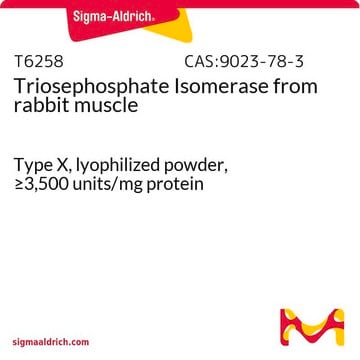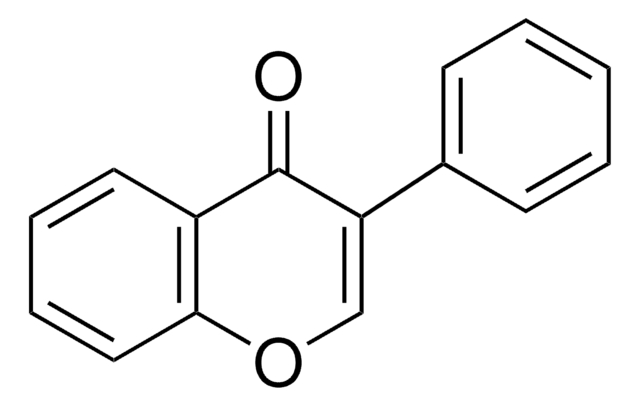All Photos(1)
About This Item
Empirical Formula (Hill Notation):
C78H138N20O16
Molecular Weight:
1612.05
UNSPSC Code:
12352200
NACRES:
NA.32
Recommended Products
Assay
≥95% (HPLC)
form
lyophilized
composition
Peptide Content, ≥70%
storage condition
protect from light
storage temp.
−20°C
Amino Acid Sequence
Leu-Lys-Leu-Lys-Ser-Ile-Val-Ser-Trp-Ala-Lys-Lys-Val-Leu-NH2
Application
Mastoparan B (LKLKSIVSWAKKVL-NH2), a cationic decapeptide amide toxin, is used to study its mechanisms of histamine release and edema inducing and haemolytic activities.
Storage Class Code
11 - Combustible Solids
WGK
WGK 3
Flash Point(F)
Not applicable
Flash Point(C)
Not applicable
Certificates of Analysis (COA)
Search for Certificates of Analysis (COA) by entering the products Lot/Batch Number. Lot and Batch Numbers can be found on a product’s label following the words ‘Lot’ or ‘Batch’.
Already Own This Product?
Find documentation for the products that you have recently purchased in the Document Library.
Structure and biological activities of a new mastoparan isolated from the venom of the hornet Vespa basalis.
Ho CL, Hwang LL.
The Biochemical Journal, 274, 453-456 (1001)
H M Yu et al.
Biochemistry and molecular biology international, 29(2), 241-246 (1993-02-01)
Mastoparan B, a tetradecapeptide toxin (LKLKSIVSWAKKVL) isolated from the hornet (Vespa basalis) venom, was synthesized chemically. The physical and biological properties of both the native and synthetic peptides were studied and proved to be identical. Mastoparan B was found to
C L Ho et al.
Toxicon : official journal of the International Society on Toxinology, 39(10), 1561-1566 (2001-08-02)
Mastoparan B (MP-B) is a cationic tetradecapeptide (LKLKSIVSWAKKVL-CONH(2)) isolated from the venom of the Taiwan hornet Vespa basalis. Unlike other vespid mastoparans, the peptide is capable of inducing short-term hypotension and causes hemolysis in animals. This study was aimed to
C L Ho et al.
Toxicon : official journal of the International Society on Toxinology, 34(9), 1027-1035 (1996-09-01)
Mastoparan B (MP-B) is a cationic tetradecapeptide isolated from the black-bellied hornet (Vespa basalis) venom. It has a primary structure (LKLKSIVSWAKKVL-CONH2) distinct from other vespine mastoparans. The peptide caused a dose-dependent swelling in rat hind paw and showed a potent
Our team of scientists has experience in all areas of research including Life Science, Material Science, Chemical Synthesis, Chromatography, Analytical and many others.
Contact Technical Service








